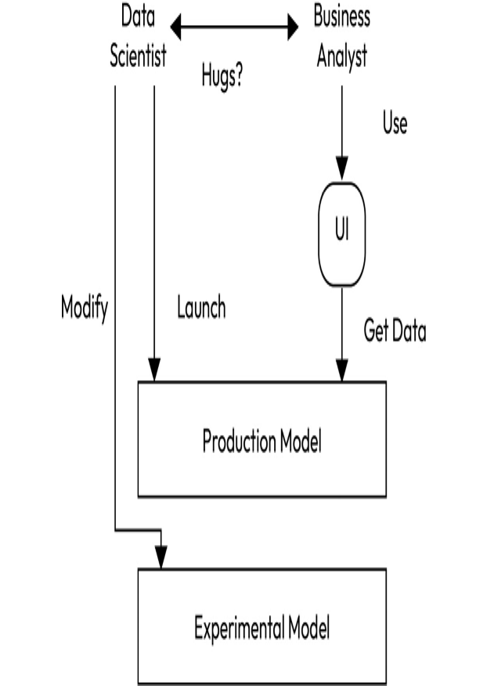Brainstorming – Common DevOps Use Cases in Some of the Biggest Companies in the World
Brainstorming
Now, you may ask, if you are unfamiliar with the process, in the modern world, what is a business analyst doing if they don’t know how to write code? Well, that’s a lot more common than you think. An analyst’s job is not to write code or parse through data (though this can often be something they do); their job is to analyze the information put in front of them and use that to provide some sort of recommendation, insight, or solution.
The crux of the problem here is the fact that there is a gap in communication and understanding between the two teams concerned that is quite difficult to bridge without major personnel upheaval. And that kind of upheaval is usually not in the best interests of the company.
You need to make it so that one team is not dependent upon the other and can operate on the information that they receive as opposed to the people that they receive it from (loosely coupled, remember?). So, an ideal solution would be to find a way to allow both teams to work on the same data at the same time without hindering each other through unnecessary communication, and that is exactly the solution that they found.
Solution

Figure 10.2 – Samsung’s new workflow for data analytics
The solution was essentially this: there would be a single source of data that both the analysts and the data scientists could work from; the data scientists would give the analysts access to a user interface from which they could perform the data operations that they wanted. The scientists would then tweak those operations and algorithms, trying to get better results without the analysts having to contact them to get results on the version of the algorithm that was currently running. This was essentially like creating an application for internal use for data analysts that was built by the data scientists.
Different skills and mindsets exist for a reason, and this is why there needs to be different people with varied roles and perspectives on a team. The only thing to do in such a scenario is to ensure that all of these roles are put in a position to succeed. By giving both these roles a platform and a workflow in which they would be comfortable, a reasonable way was found for the whole team to work optimally. Samsung did this by making the data centralized, with both teams having access to it and with neither team needing to be dependent on the other to make forward progress, and yet at the same time finding a way in which they could complement and support each other.
Next, we will look at a use case where the company had to deal with managing people who have similar skill sets with varying levels of experience, while also juggling business needs and productivity.
